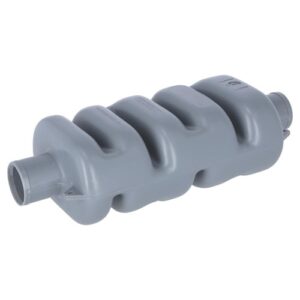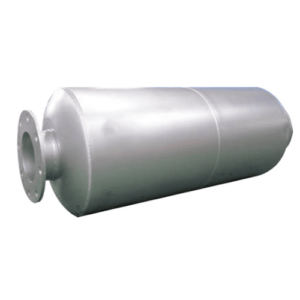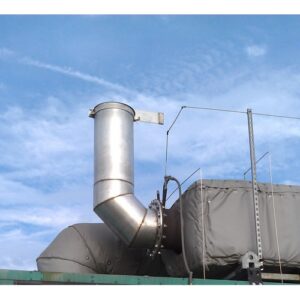Key Features of Exhaust Pipe
1. Types and Configuration Options of Exhaust Pipe
Marine exhaust pipe comes in straight, elbow, flex, and custom-bent configurations. These shapes accommodate tight engine room layouts and varied discharge directions, allowing smooth routing from engine outlet to exhaust exit.
2. Construction and Materials
Manufacturers use stainless steel, aluminized steel, or high-temperature fiberglass-reinforced composites. These materials resist corrosion, vibration, and thermal stress—ensuring long-term reliability in harsh marine environments.
3. Heat Resistance and Flow Efficiency of Exhaust Pipe
Exhaust pipes handle high-temperature gases without warping or fatigue. Their smooth interior surface reduces backpressure and turbulence, maintaining consistent exhaust flow and supporting optimal engine performance.
4. Integration with Exhaust System
Crews can connect exhaust pipes with mufflers, silencers, elbows, and outlet fittings using clamps, flanges, or flexible couplings. These pipes integrate easily into both wet and dry systems for propulsion engines or generators.
5. Vibration and Noise Control of Exhaust Pipe
Some models include flexible or insulated sections to reduce transmitted vibration and dampen noise. This helps minimize structural fatigue and improves comfort in occupied vessel areas.
6. Corrosion Protection and Finishes
Pipes feature protective coatings such as ceramic, epoxy, or galvanization. These finishes shield the metal from saltwater, exhaust condensation, and acidic byproducts, extending service life.
7. Maintenance and Inspection Access
Most exhaust pipe systems include removable sections or inspection ports for easy access. Crews can inspect and clean buildup or replace worn gaskets and clamps without full disassembly.
8. Compliance and Certifications
All exhaust pipes conform to IMO MARPOL Annex VI and ISO 9094 fire protection standards. Products are approved by classification bodies such as DNV, ABS, and Lloyd’s Register for use in marine engine exhaust systems.



